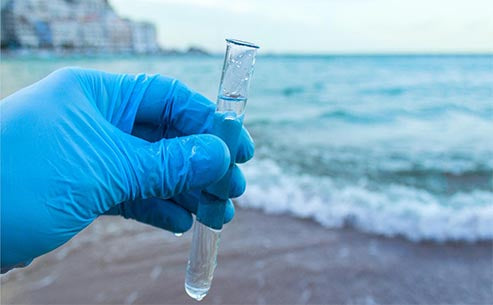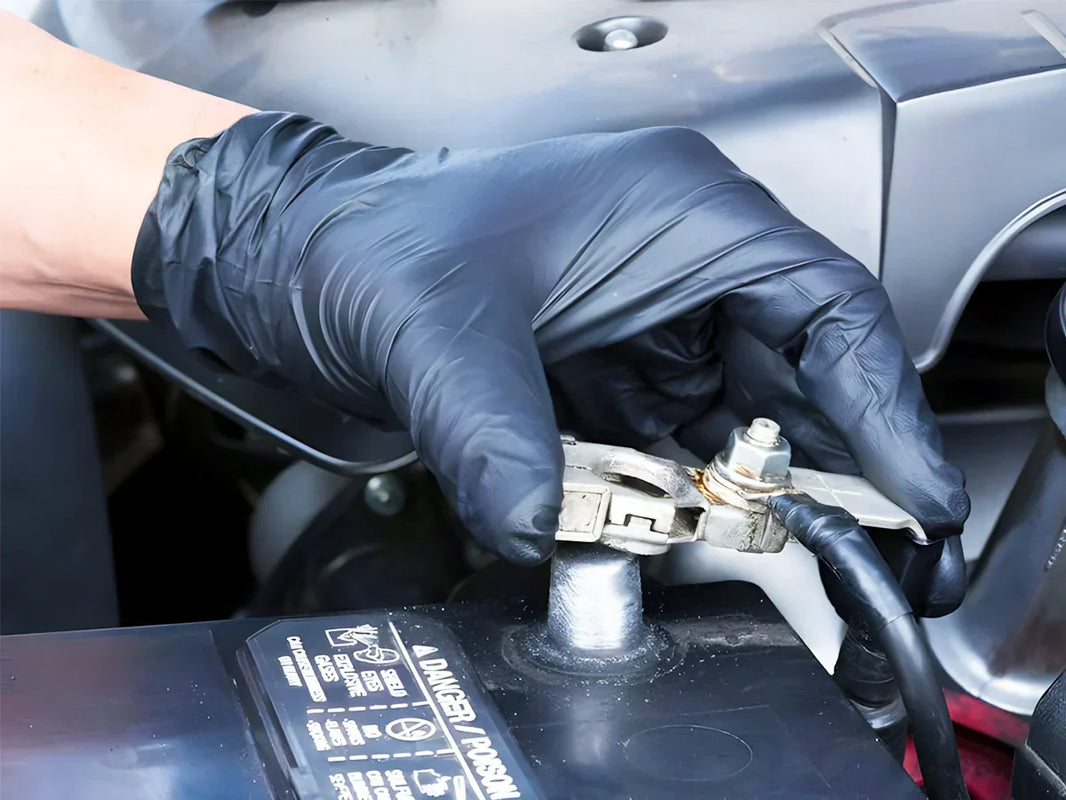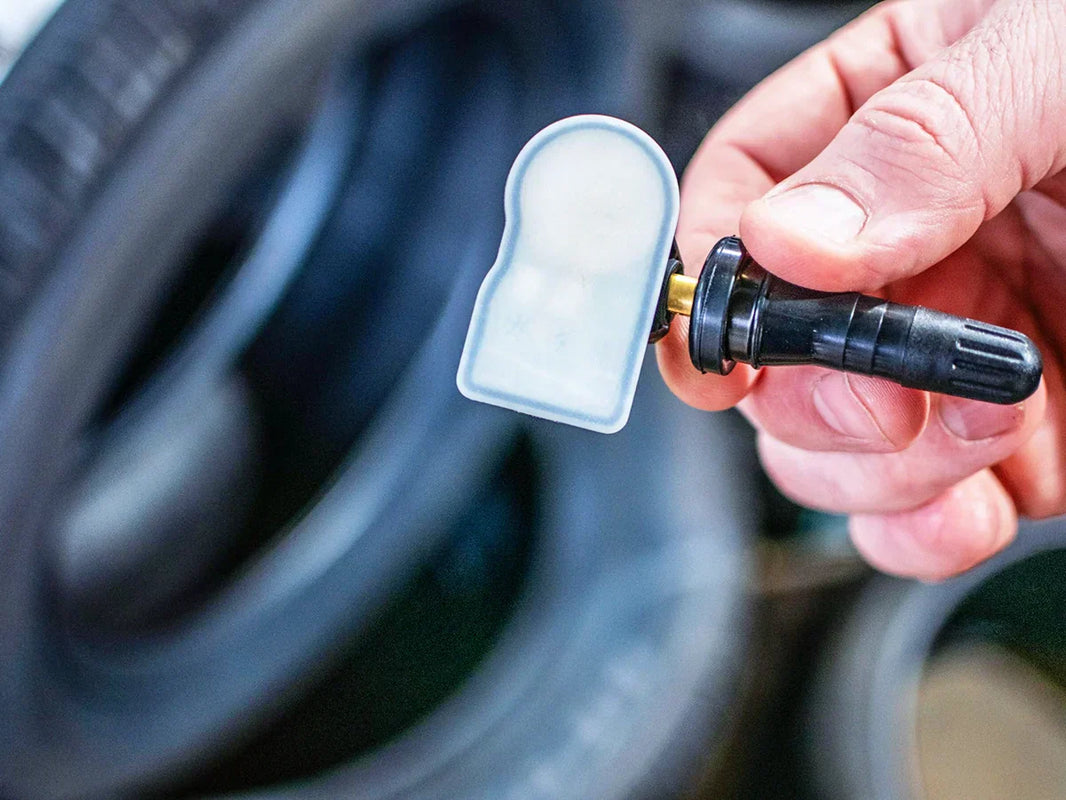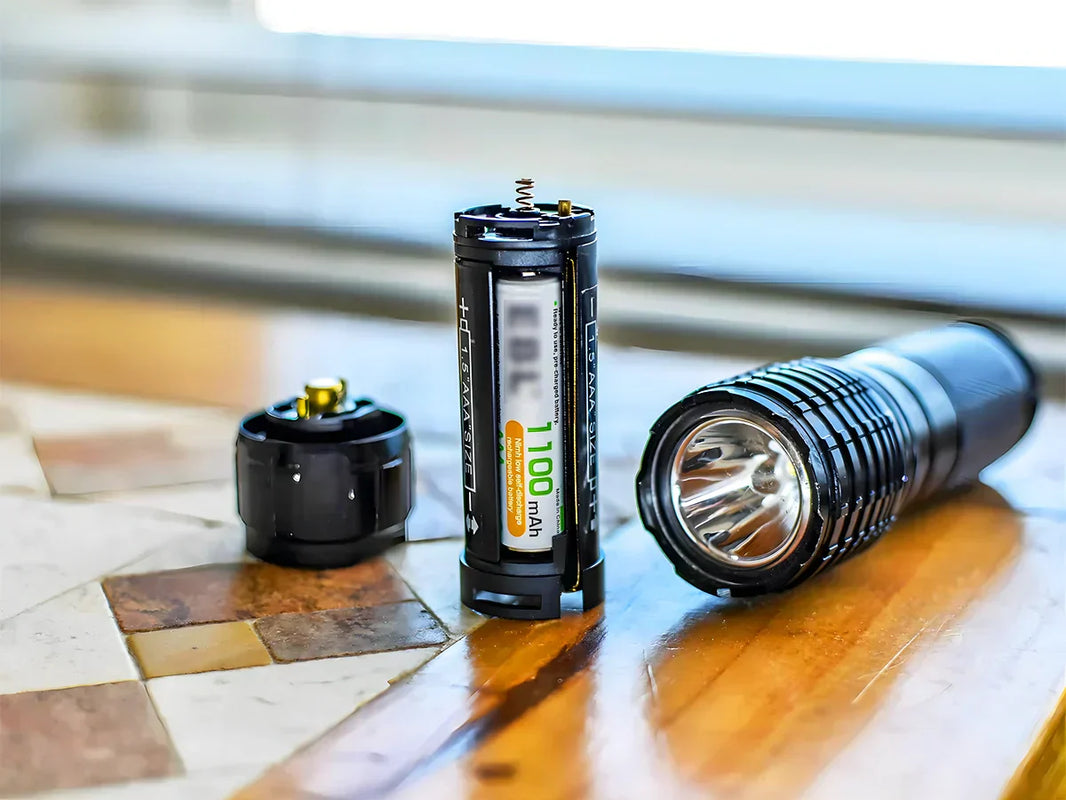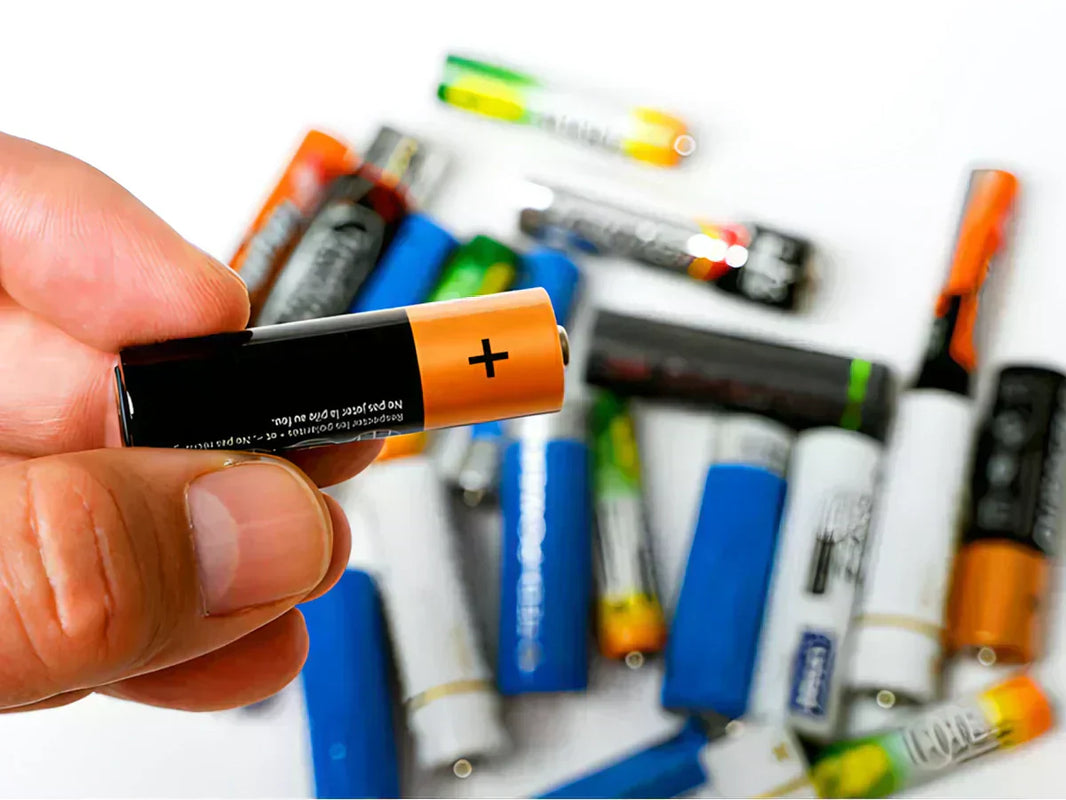
Nuclear energy is the most promising future energy source for mankind. There are currently two ways for people to develop nuclear energy: one is the fission of heavy elements, such as uranium; the other is the fusion of light elements, such as deuterium, tritium, and lithium. The fission technology of heavy elements has been practically applied; and the fusion technology of light elements is also being actively developed. But whether it is the heavy element uranium, or the light elements deuterium and tritium, there are huge reserves in the ocean.
Uranium is a high-energy nuclear fuel. The energy available for 1 kilogram of uranium is equivalent to burning 2,050 tons of high-quality coal. However, the reserves of uranium on land are not abundant and the distribution is extremely uneven. Only a few countries have limited uranium mines. Only 1 million tons are more suitable for mining in the world. Together with low-grade uranium ore and its by-product uranium compounds, the total amount does not exceed 5 million tons. According to the current consumption, it is only enough. Mined for decades. But in the huge sea water body, there are rich uranium resources. It is estimated that the amount of uranium dissolved in seawater can reach 4.5 billion tons, which is equivalent to several thousand times the total reserves on land. If all the uranium in seawater can be extracted, the fission energy contained in it can guarantee the energy needs of mankind for tens of thousands of years. However, the concentration of uranium in seawater is very low. 1,000 tons of seawater contain only 3 grams of uranium. Uranium can only be used if it is first extracted from seawater. Extracting uranium from seawater is technically a very difficult task. A large amount of seawater needs to be processed, and the technical process is very complicated. However, many methods of extracting uranium from seawater have been tested, such as adsorption, co-precipitation, bubble separation, and algae bioconcentration.

Uranium 235
Since the 1960s, Japan, the United Kingdom, and the Federal Republic of Germany have successively studied the extraction of uranium from seawater, and gradually established various methods for extracting uranium from seawater. Among them, the research progress of inorganic adsorption methods based on hydrated titanium oxide adsorbents is the fastest. At present, one of the basis for evaluating the feasibility of extracting uranium from seawater is a composite titanium adsorbent made of a polymer binder and hydrated oxide. Uranium extraction from seawater has now shifted from basic research to development and application research. Japan has built a pilot plant with an annual output of 10 kilograms of uranium, and some coastal countries also plan to build 100-ton or even 1,000-ton industrial-scale uranium extraction plants from seawater.
Both deuterium and tritium are isotopes of hydrogen. Under certain conditions, their nuclei can collide with each other to form a heavier nucleus-helium nucleus, and release huge nuclear energy at the same time. When a carbon atom is completely burned to produce carbon dioxide, it only releases energy of 4 electron volts, while the deuterium-tritium reaction can release energy of 17.8 million electron volts. According to calculations, 1 kg of hydrogen/fuel can at least equal 4 kg of uranium fuel or 10,000 tons of high-quality coal fuel.
Each liter of sea water contains 0.03 grams of deuterium. The energy released during the fusion of 0.03 grams of deuterium is equivalent to the energy of 300 liters of gasoline. The total volume of sea water is 1.37 billion cubic kilometers, and it contains hundreds of millions of billions of kilograms of deuterium. The energy released by the fusion of deuterium is enough to guarantee human energy consumption for tens of billions of years. Moreover, the extraction method of deuterium is simple, the cost is low, and the operation of the nuclear fusion reactor is also very safe. Therefore, the nuclear fusion of deuterium and tritium in seawater can solve the future energy needs of mankind and will show the best prospects.

Deuterium and Tritium
The neon-tritium nuclear fusion reaction needs to be carried out under high temperature conditions of tens of millions of degrees or even hundreds of millions of degrees. Such a reaction has been realized on the hydrogen bomb. Controlled thermonuclear fusion for production purposes still has many technical difficulties. However, with the advancement of science and technology, these problems are gradually being solved.
On November 9, 1991, a joint venture of 14 European countries successfully conducted the first deuterium-tritium controlled nuclear fusion test on the European Joint Ring Nuclear Fission Facility, which generated 1.8 megawatts of electric power fusion energy. The time is 2 seconds, and the temperature is as high as 300 million degrees. The temperature inside the sun is 20 times higher. The energy effect of nuclear fusion is 600 times higher than that of nuclear fission and 10 million times higher than that of coal. Therefore, scientists believe that the successful test of deuterium-tritium controlled nuclear fusion is a milestone in the development of new energy sources. In the next century, there will be major breakthroughs in nuclear fusion technology and ocean deuterium and tritium extraction technology. The development and constant maturity of these two technologies will have a significant impact on the progress of human society.
In addition, the "energy metal" lithium is an important raw material for making hydrogen bombs. Each liter of seawater in the ocean contains 15-20 milligrams of kem, and the total lithium reserves in the seawater are about 2.5×1011 tons. With the development of controlled nuclear fusion technology, the huge energy released by the fusion of the isotope lithium-6 will ultimately serve mankind in peace. Lithium is also an ideal battery raw material, and aluminum alloys containing lithium occupies an important position in the aerospace industry. In addition, the application of lithium in the chemical industry, glass, electronics, ceramics and other fields has also been greatly developed. Therefore, the world's demand for lithium is increasing at an annual rate of 7% to 11%. At present, lithium is mainly extracted from brine by evaporation crystallization method, precipitation method, solvent extraction method and ion exchange method.

nuclear energy
Heavy water is also the moderator and heat transfer medium of atomic energy reactors, as well as the raw material for hydrogen bombs. Sea water contains 2×1014 tons of heavy water. If the research on controlled thermonuclear fusion that humans have been working on can be solved, large-scale extraction of heavy water from seawater Once realized, the ocean will be able to provide mankind with inexhaustible and inexhaustible energy.


